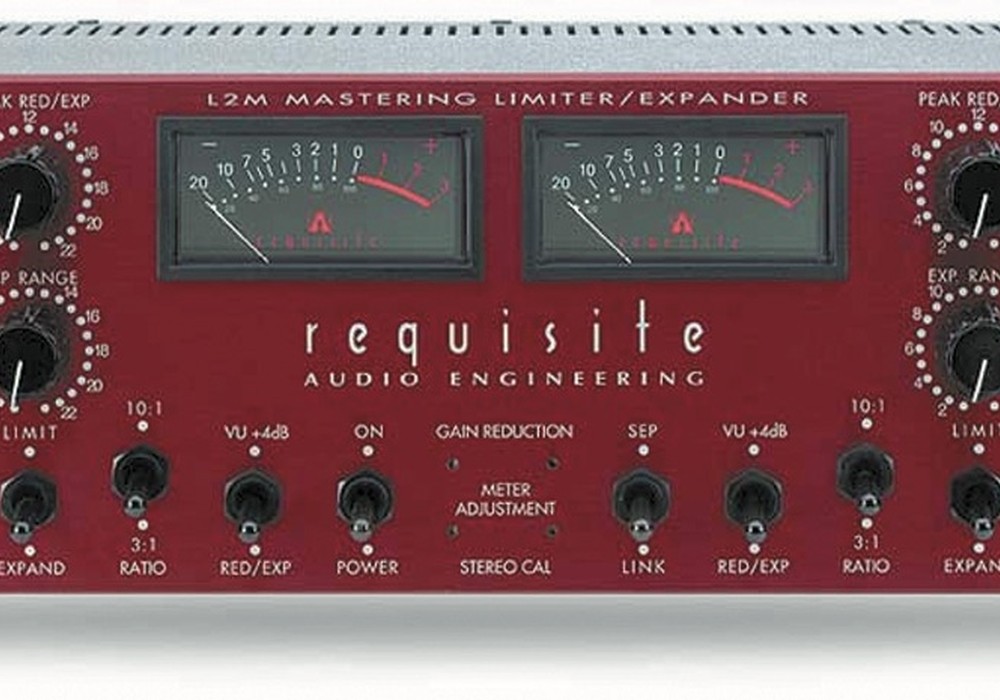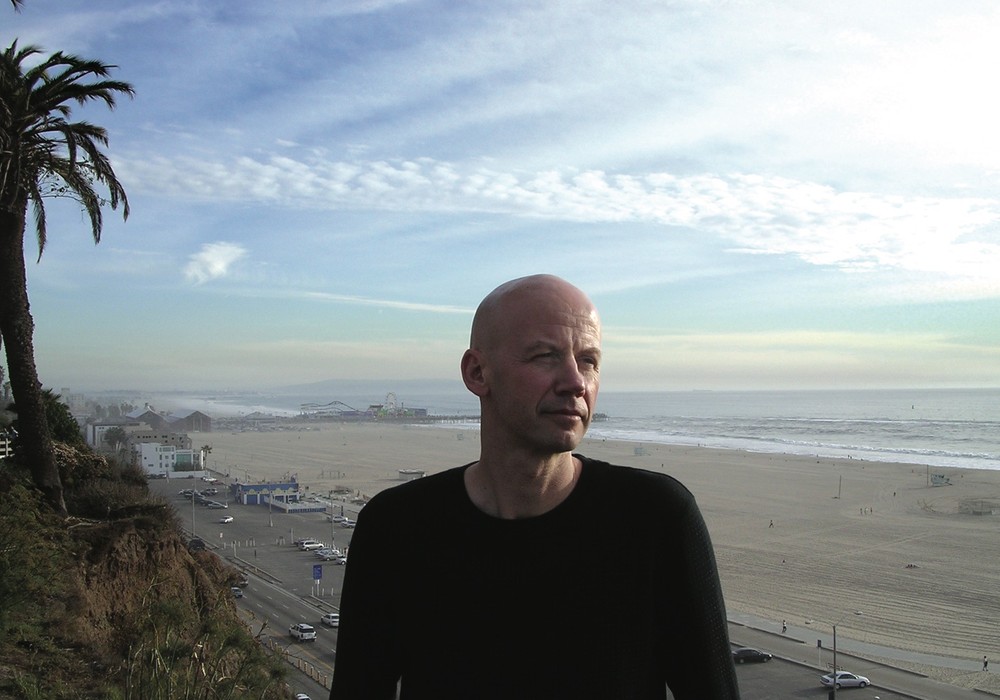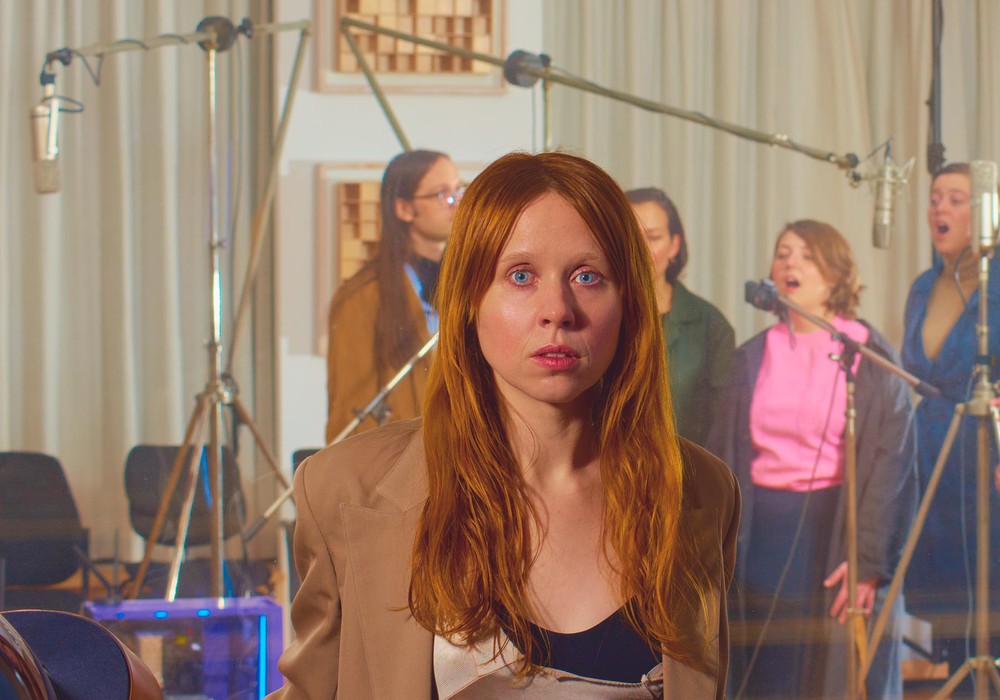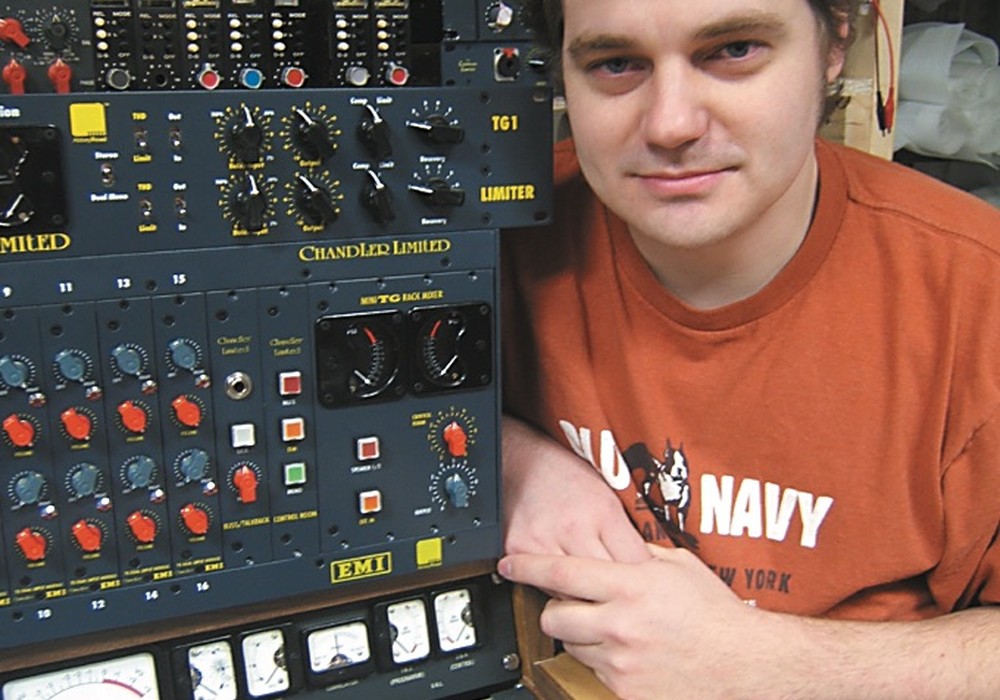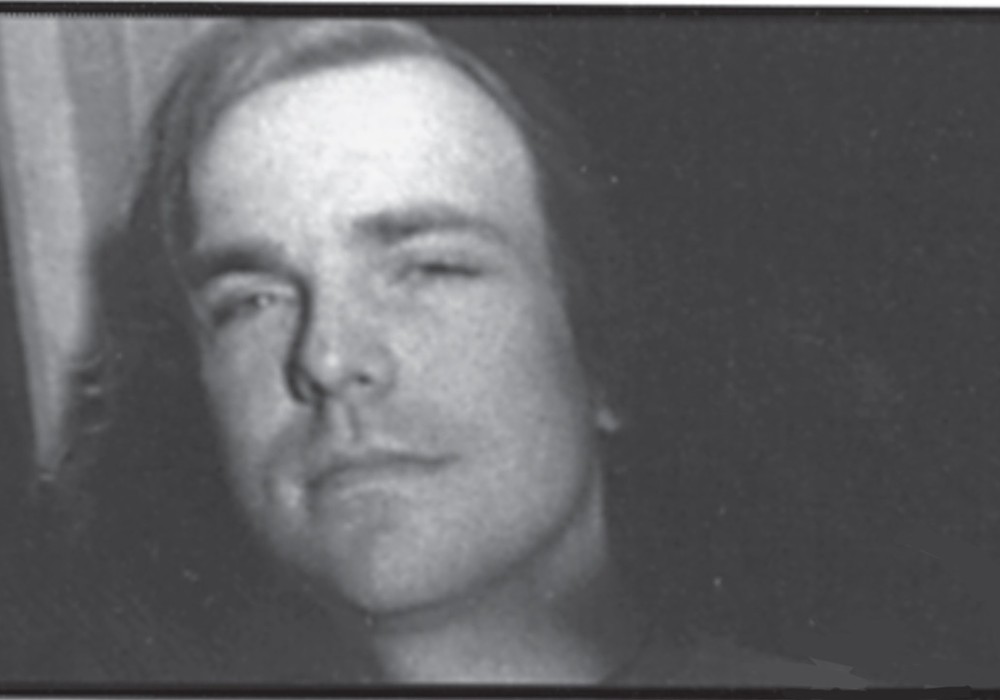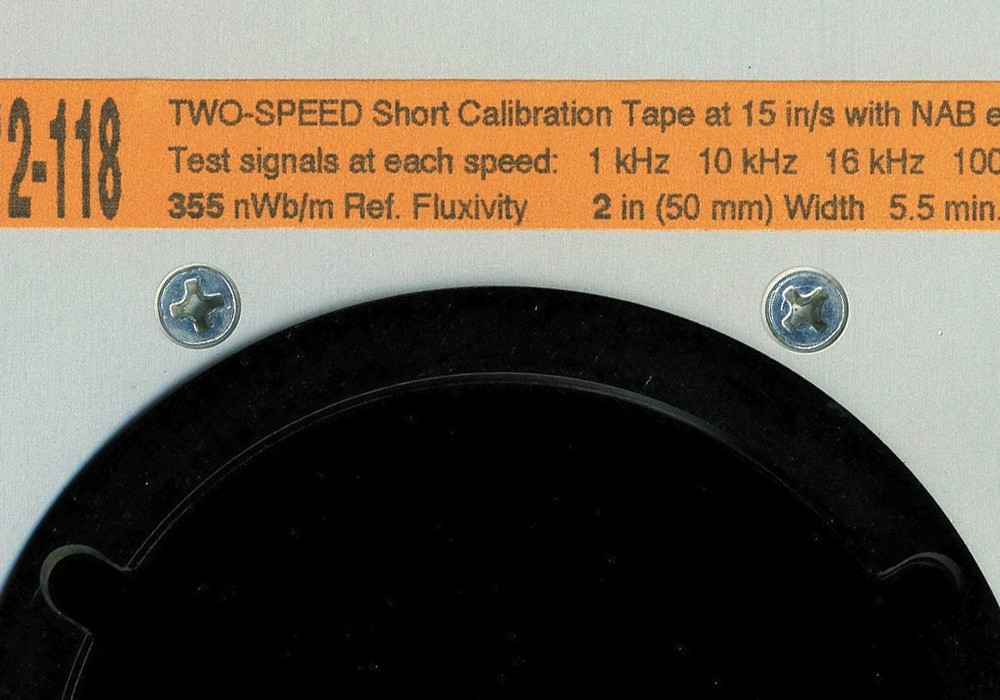Greg's Pendulum Audio has been building pro audio gear since 1998 and building high quality acoustic instrument preamps since 1988. All of the pro audio units he makes feature tubes, Class-A electronics, solid build quality and great sound. Recently he released the Quartet II as a Mercenary Edition, with expanded EQ and new features, plus a cool black finish. Greg, like most folks in this industry, is passionate about what he does and has a strong love of music, and it comes through. -LC
When did you start Pendulum?
I started Pendulum audio in 1988. I went to Columbia University, got my degree in Physics in 1975, and from there I went to work at Bell Laboratories as a research scientist, and during that time also got my masters degree in Solid State Physics from Princeton. During the same period I had been playing guitar in bands and recording and all that kind of stuff, and the same thing that drove my desire to play music was the same kind of thing I saw in doing experimental physics, which was sitting down at a bench designing experiments, building equipment and basically trying to understand how things work. I'd been in bands and had a record deal with a band, and things didn't go well. I decided to do the science thing for thirteen years, and during that time I had been working on lots of audio designs. In 1988 I decided to start Pendulum Audio. Our first product was an acoustic instrument preamp — the first rack mounted acoustic guitar preamp called the HZ-10. It had a four band parametric EQ, and a stereo effect loop. It also had a little phantom-powered box that plugged in the endpin jack of the instrument called a preamp module. That was a little powered head amp so to speak, and it put the preamping of the high impedance pickups — most of these are piezo style pickups that require a 10 megohm input impedance — it put that preamping directly at the instrument without having any batteries involved. It was, if I do say so myself, rather revolutionary, particularly for the acoustic guitar market. We went from that unit in 1988 to the current unit that we're still selling now that came out in 1993: the SPS-1, which is a single rack space, two channel version of the HZ-10, which has three bands of parametric EQ on each channel as well as pan controls for blending the channels in stereo.
How did you move into pro audio?
I went to AES in San Francisco in '98 and I introduced three products all at once, which were the MDP-1 stereo mic pre, the OCL-2 stereo opto compressor and the 6386 mu compressor. Those are designs that have arisen out of equipment that I had built and used in my own personal studio. The MDP-1 is a Class-A, all tube design with a transformerless output stage, with a great deal of headroom. It can do +35d Buinto10 kohms. What I was shooting for with that design was to try and make a very big, open-sounding mic pre, which has a certain amount of tube coloration if you're looking for coloration, but not coloration associated with the artifacts you normally find in vintage equipment. Just that certain openness and detail and honesty in the midrange, which to my mind is what tubes are best at doing.
As far as your compressors go, you mentioned in an early conversation that you were going for the Fairchild "Holy Grail" sound. Would you say that is still the case?
I've been building compressors for a long time — many of the opto and mu varieties — and I was always a big fan of the sound of The Beatles' records and other records that I learned later had been processed through the Fairchild. There was something magical to my ears in the way that it compressed, the character of the compression and the sound that it gave those records — to me the sound of rock n' roll is compression, tape saturation and sometimes equipment saturation. So I've long been building compressors with that idea in mind, and when I designed the 6386 I had learned which tube they had used in the Fairchild and began building a mu compressor around that, and learned that the magic was in that compression profile that was unique to that tube. What I did was basically give the compressor my own wrinkle on the Fairchild sound in that rather than using a vintage circuit topology with an output transformer, I...
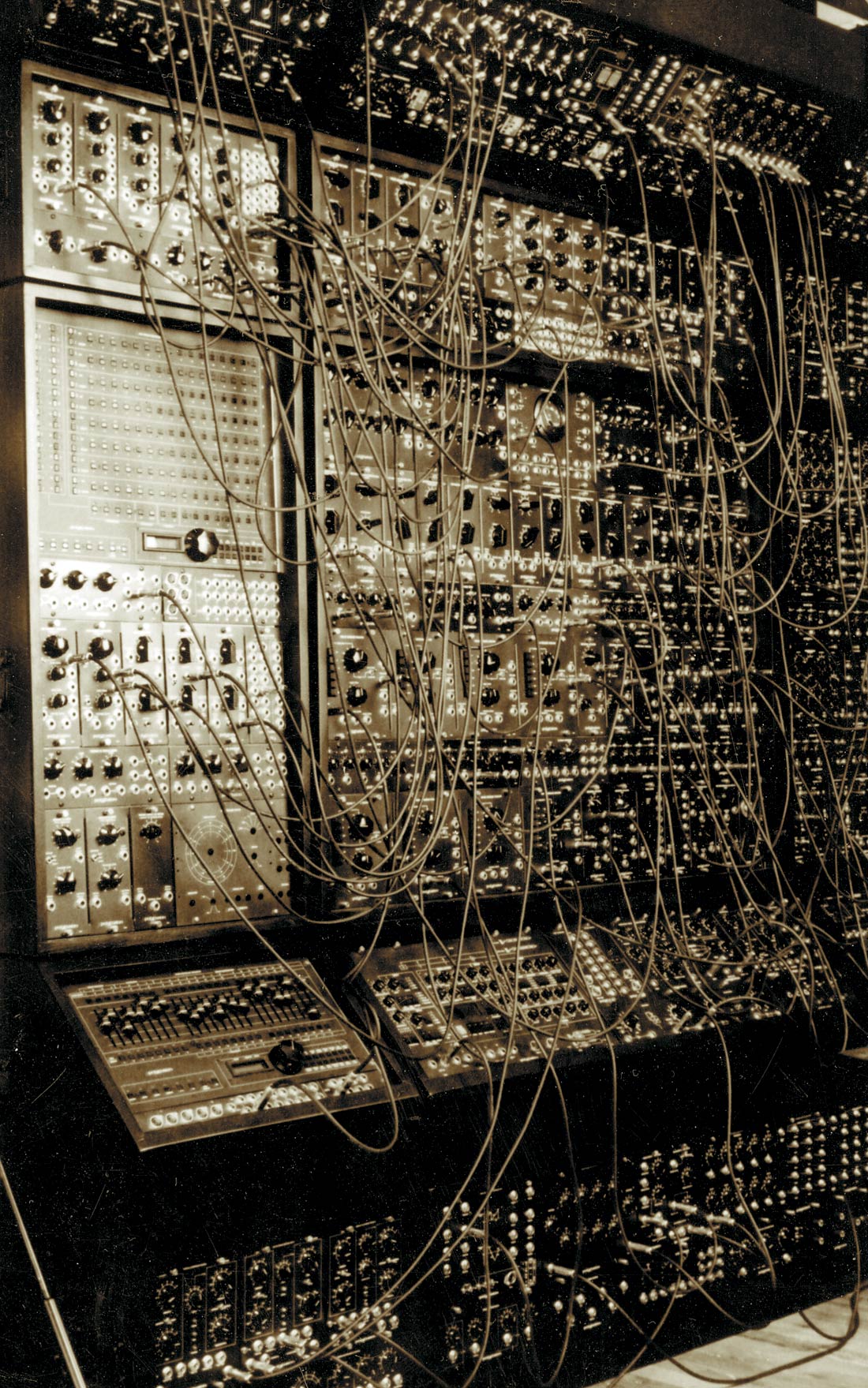

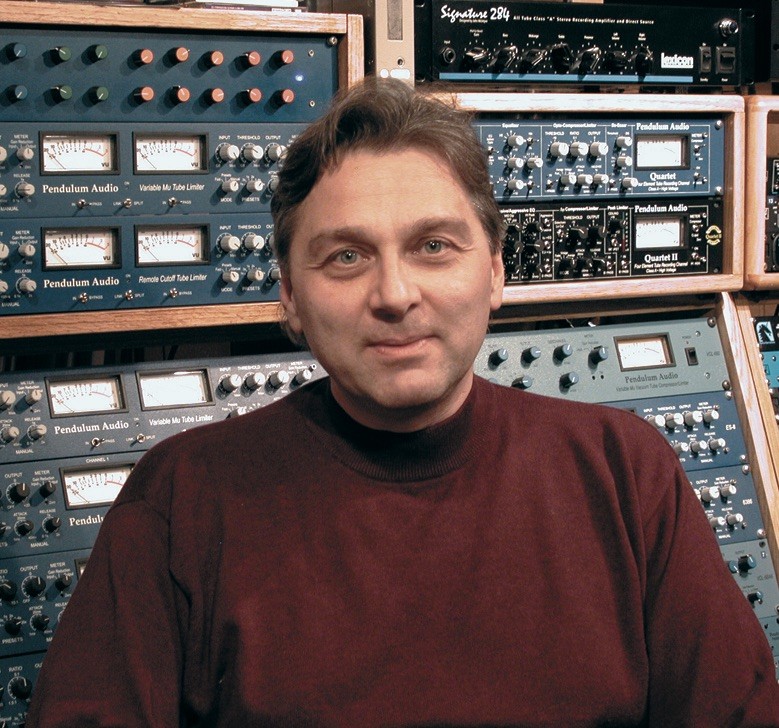



_disp_horizontal_bw.jpg)
